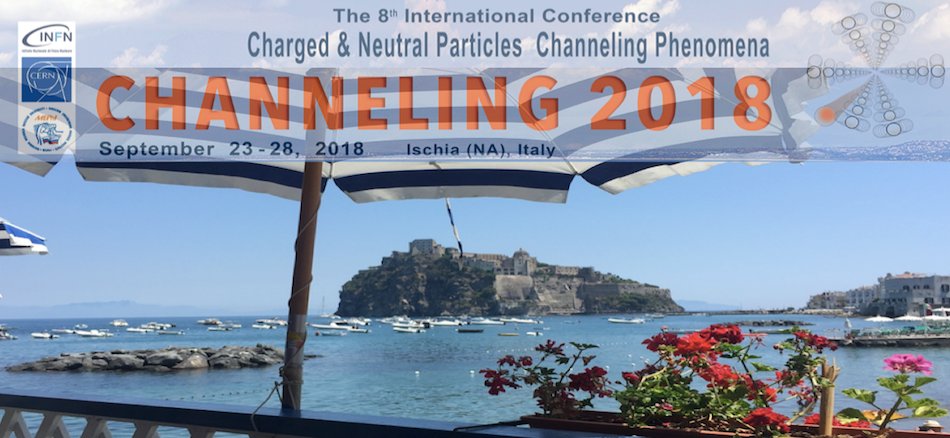Speaker
Prof.
Lorenzo Torrisi
(Dipartimento MIFT, Università di Messina, Italy)
Description
Advanced targets based on thin films of graphene oxide covered by metallic layers have been irradiated at high laser intensity (1018 - 1019 W/cm2) with 40 fs laser pulses to investigate the forward ion acceleration in the TNSA regime. Time-of-flight technique was employed with silicon-carbide detectors and ion collectors as on-line plasma diagnostics. At the optimized laser focus position with respect to the target surface was measured the maximum proton energy using metallic films of Al, Cu and Au. A maximum proton energy of 3 MeV was measured using the Au metallization. This energy decreases decreasing the atomic number of the metallic film, i.e. the electron density injected in the thin foil and in the forward plasma.
The acceleration energy seems acquired also by the detected carbon ions proportionally to their charge state. The effect of plasma electron density control using the graphene oxide is presented and discussed.
Primary author
Prof.
Lorenzo Torrisi
(Dipartimento MIFT, Università di Messina, Italy)
Co-authors
Dr
Agnieszka Zaraś-Szydłowska3
(IPPLM, Warsaw, Poland)
Dr
Alfio Torrisi
(Nuclear Physics Institute, CAS, 25068 Rez, Czech Republic)
Prof.
Jan Badziak
(IPPLM, Warsaw, Poland)
Prof.
Jerzy Wolowski
(IPPLM, Warsaw, Poland)
Prof.
Letteria Silipigni
(Dipartimento MIFT, Università di Messina, Italy)
Dr
Marcin Rosinski
(IPPLM, Warsaw, Poland)
Dr
Mariapompea Cutroneo
(Nuclear Physics Institute, CAS, 25068 Rez, Czech Republic)
Dr
Piotr Parys
(IPPLM, Warsaw, Poland)

